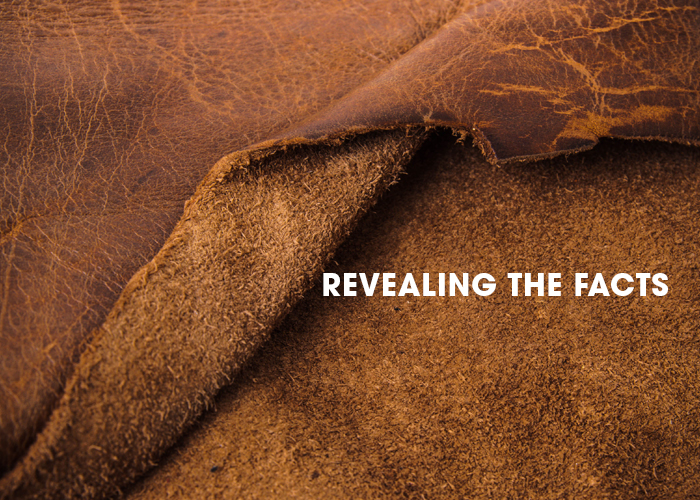Every year, more than a billion animals and tans their skins and hides are slaughtered for leather. Many of these animals endure all the horrors of factory farming—including extreme crowding and confinement, starvation—as well as cruel treatment during transport and slaughter. Even if a product says that it was made in Italy or the U.S., the raw materials probably came from India or China.
Most leather produced and sold are made from the skins of cattle and calves, but leather is also made from sheep, lambs, goats, and pigs. Other species are hunted and killed specifically for their skins, including zebras, bison, kangaroos, elephants, crocodiles, alligators, ostriches, lizards, and snakes. In China, even dogs and cats are killed for their skin which is branded as “leather”.

When the milk production of cows in the dairy industry declines, their skin is made into leather. The economic success of slaughterhouses and dairy farms is directly linked to the sale of leather goods. Although alligators can live for more than 50 years, farmed alligators are usually butchered for their skin before the age of 2, as soon as they reach 4 to 6 feet in length. Alligators on farms may be beaten to death with axes, sometimes remaining conscious and in agony for hours after they’re skinned. Millions of kangaroos are slaughtered every year, and their skins are often used for football shoes. Snakes are skinned alive because of a myth that live skinning makes exotic leather more supple.

